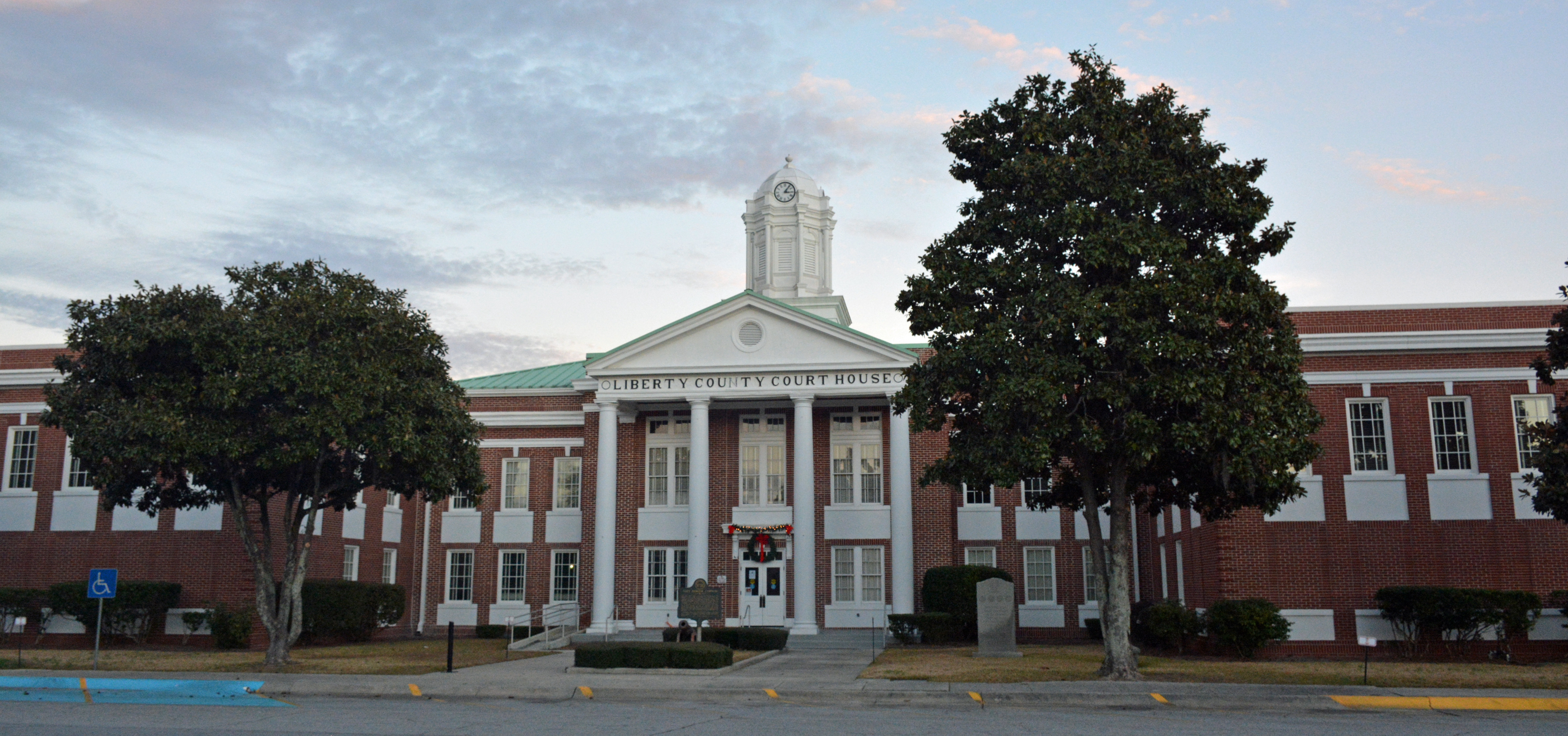|
Savannah Metropolitan Statistical Area
The Savannah metropolitan area is centered on the principal city of Savannah, Georgia. The official name given by the U.S. Office of Management and Budget (OMB) is the Savannah, GA Metropolitan Statistical Area, which is used for statistical purposes by the United States Census Bureau and other entities. The OMB defines this area as consisting of Bryan, Chatham, and Effingham counties in Georgia; its total population was 404,798 in the official 2020 U.S. Census, compared to 347,611 in the 2010 census (an increase of 16.45%). Savannah is the third most populous of fourteen Georgia metropolitan areas (ranked after Atlanta and Augusta). It was the fastest-growing metro area in the state for the period 2010–2020 (followed by Atlanta, Gainesville, and Warner Robins). Metro (MSA) Counties Metro (MSA) Communities (Note: "census-designated places" are unincorporated) Places with more than 140,000 inhabitants *Savannah (principal city) Places with 25,000 to 50,000 inhabitant ... [...More Info...] [...Related Items...] OR: [Wikipedia] [Google] [Baidu] |
Savannah Historic District (Savannah, Georgia)
The Savannah Historic District is a large urban U.S. historic district that roughly corresponds to the pre-civil war city limits of Savannah, Georgia. The area was declared a National Historic Landmark District in 1966,James Dillon (1977) , National Park Service and and is one of the largest urban, community-wide historic preservation districts in the United States. The district was made in recognition of the Oglethorpe Plan, a unique sort of urban planning begun by James Oglethorpe at the city's founding and propagated for the first century of its growth. The plan of the historic portions of Savannah is based on the concept of a ward, as defined by James Oglethorpe. Each ward had a central square, around which were arrayed four ''trust lots'' and four ''tythings''. Each trust lot was to be used for a civic purpose, such as a school, government building, church, museum, or other public venue, while the tythings were each subdivided into ten lots for residential use. The wards ... [...More Info...] [...Related Items...] OR: [Wikipedia] [Google] [Baidu] |
